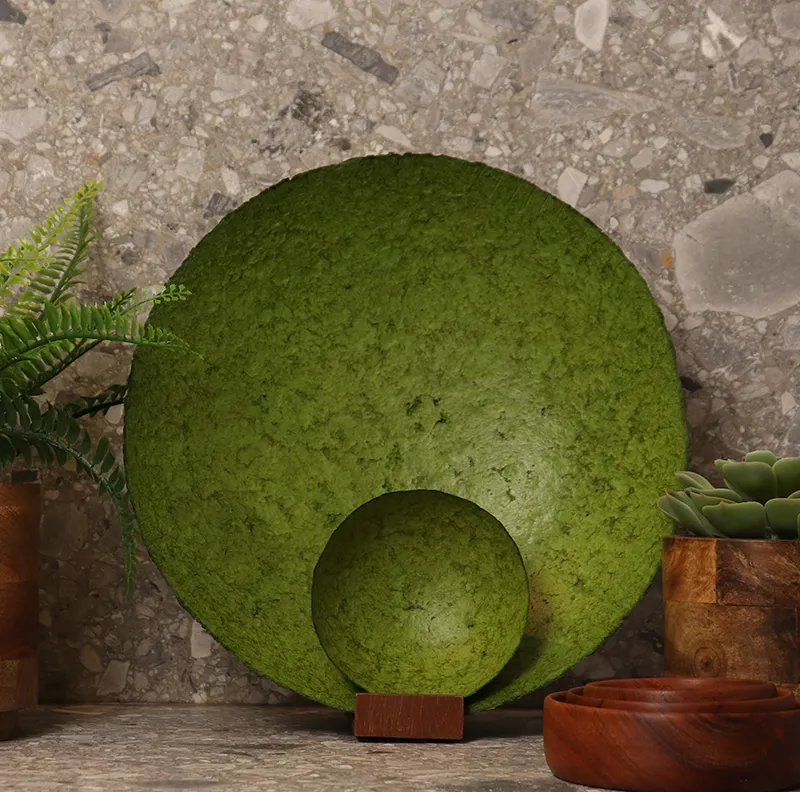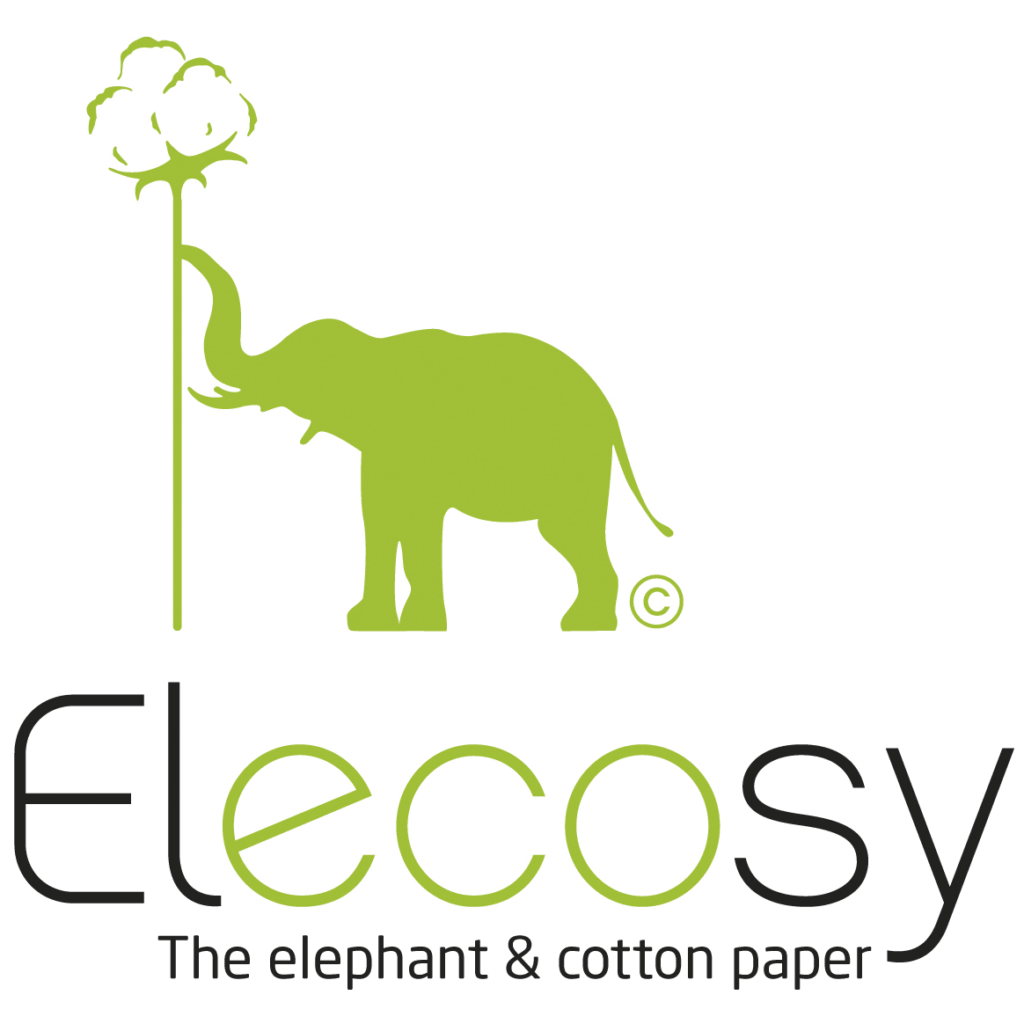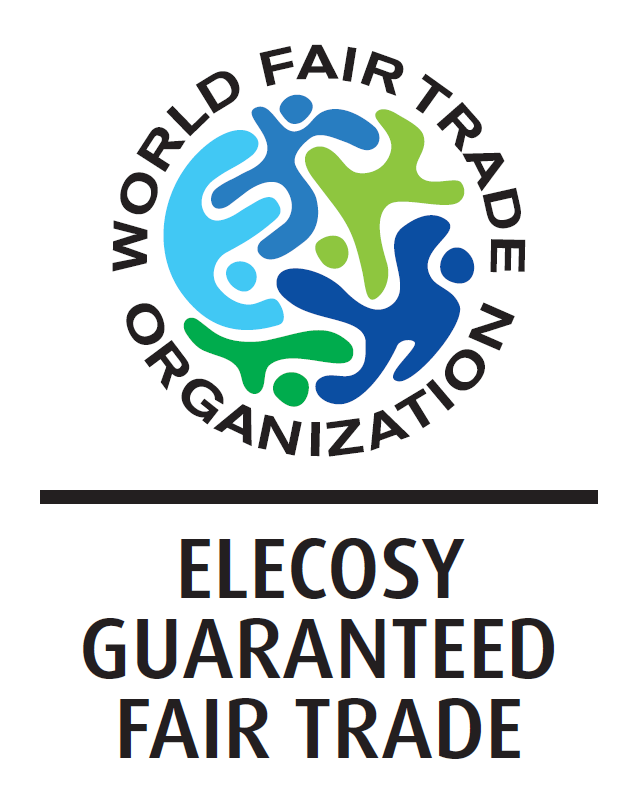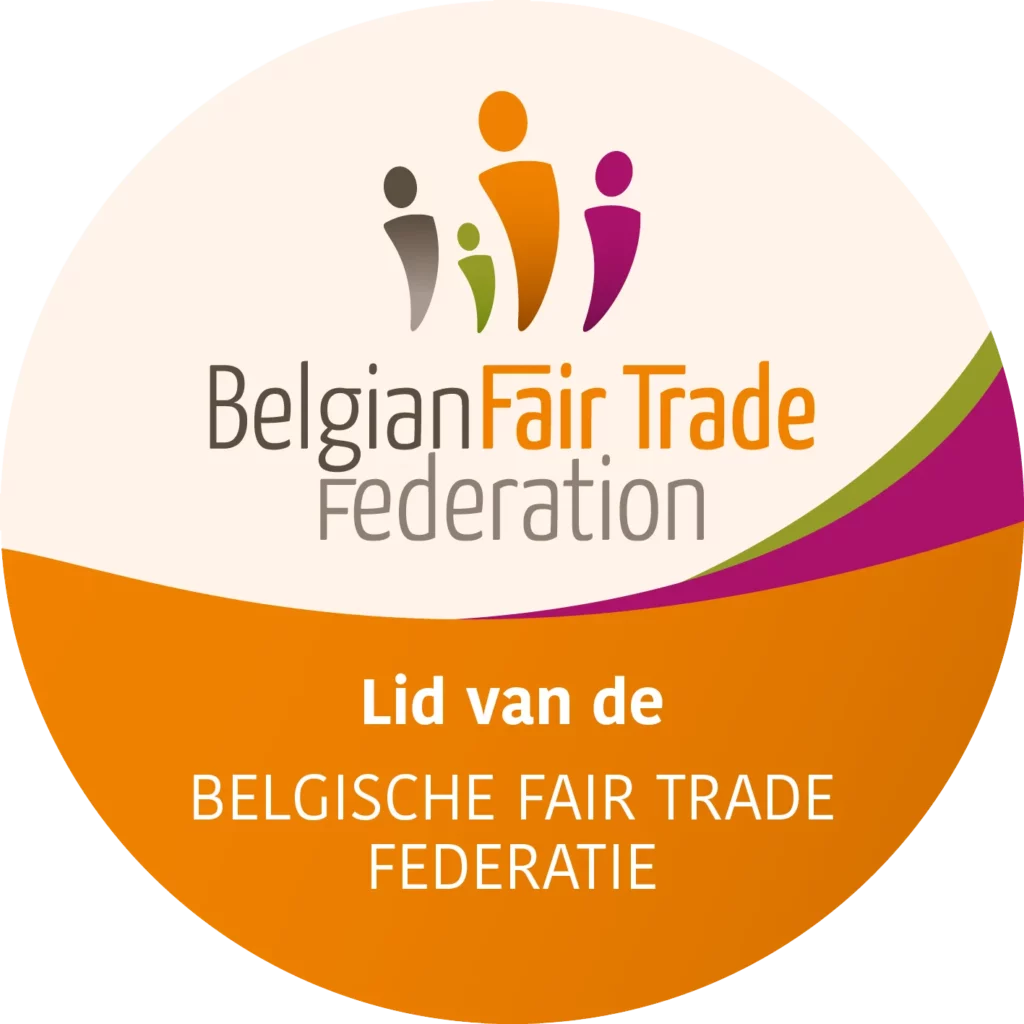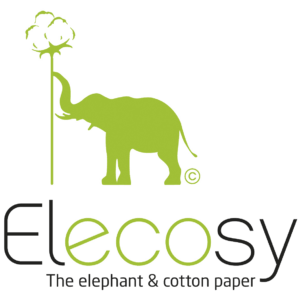From Cotton to Paper

The Recycled Cotton Paper Process
1/6 - Side cuts of fabrics are collected from fabric manufacturers
The selvedge edges are collected locally from the many fabric printers in the area and brought back to the factory.
Only the white side cuts are used , as we want to add our own signature colours. But first, they have to be sorted : knotted or discoloured scraps are removed. The workers wear masks to avoid the airborne loose fibres.
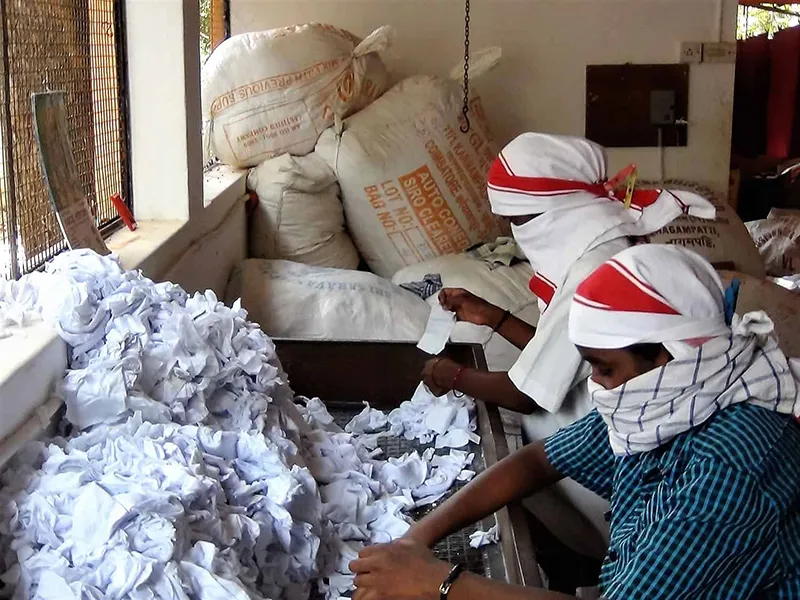
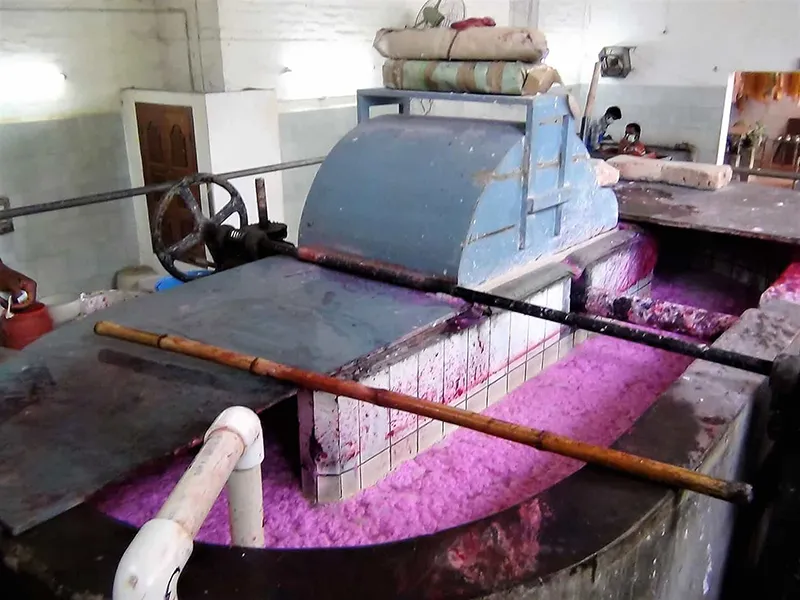
2/6 - Lumps are mixed in the beater with water and pigments if necessary
The side cuts are then put into the beater , along with water and made into pulp. When colour is needed, the dyes are added at this stage, so that the paper is coloured in the mass. This method gives a stronger, more intense colour.
We use analine , water based dyes and a natural fixative for the colour.
3/6 - Screen (sieve) is filled with pulp to make a sheet
The pulp is then taken to a screen of 90x65cm. For consistency of grammage across the sheet, the pulp is worked by hand, until the screen is ready to be lifted and the water drained off.
Most probably , the very first sheets of paper were made in this way and this simple but effective handmade paper method gives an artisanal quality to all our papers.
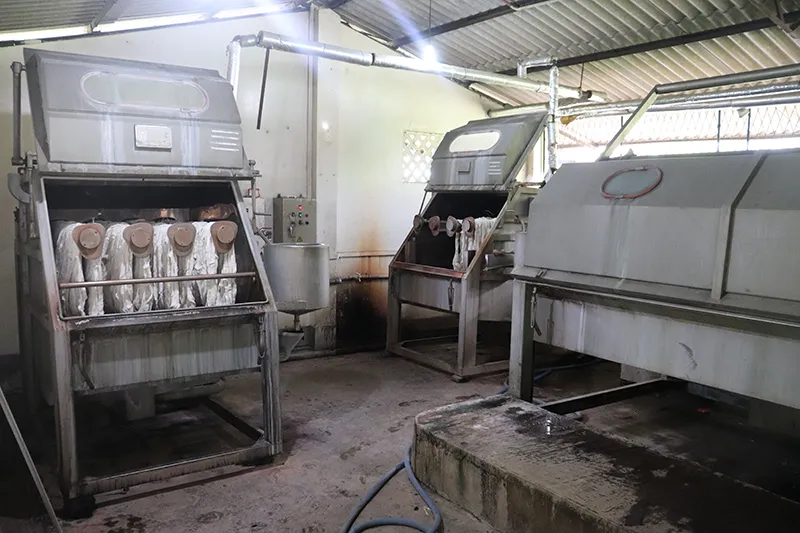

4/6 - Sheet is taken out manually and stacked
The finished sheets are taken out of the screen and stacked in a large pile, ready for drying. They have ‘deckle edges’ , rough edges that are created by the screen.
They give the paper its authentic handmade quality, which is highly appreciated by our customers.
5/6 - The stack is pressed to push the water out
The pile of newly made sheets is pressed to remove excess water. All paper retains a moisture content of around 5% , but this process reduces excess moisture and gives the paper its special texture.
Only recently has this process been automated. Much to the relief of the workers, we now have a hydraulic press.
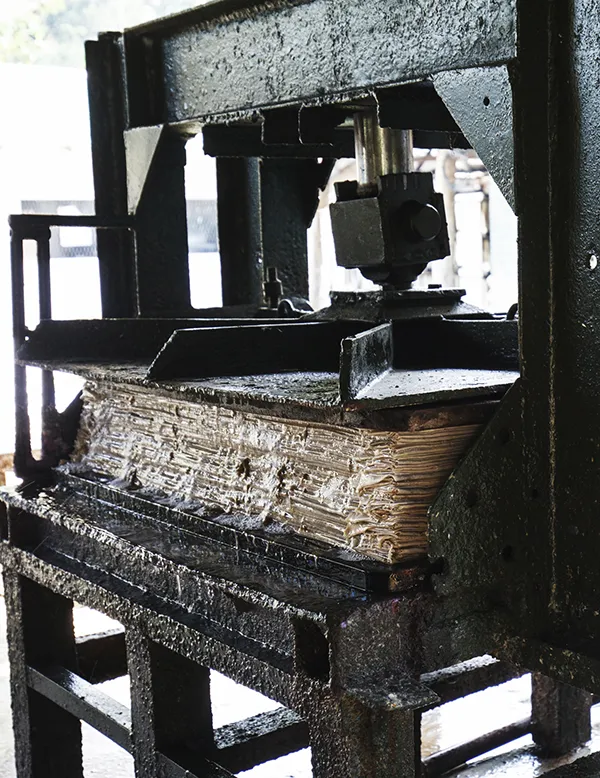
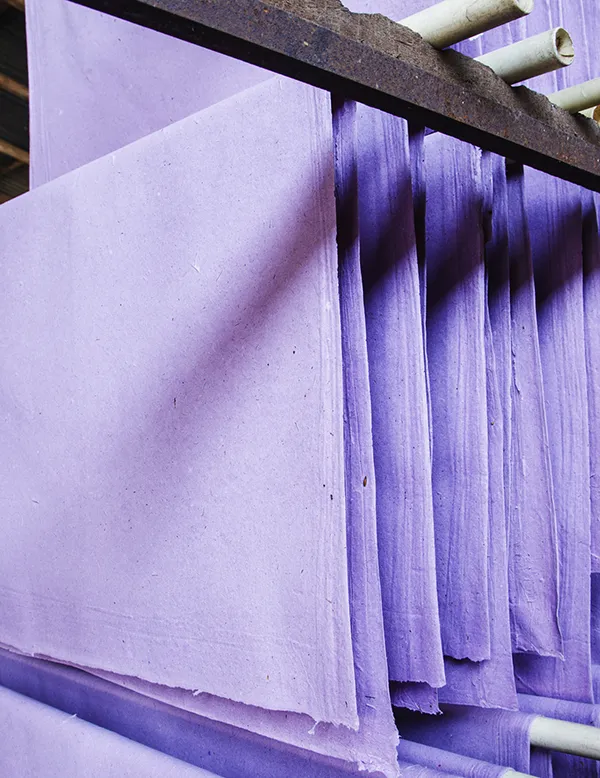
6/6 - Sheets are hung up to dry
Air drying remains the best way to give the paper a special texture and to stop curling. It’s the cheapest way too, but this can bring problems in the rainy season, when drying times get longer.
But nevertheless, this is the last part of the mission to create a Fair Trade, Handmade, Recycled, Eco friendly paper, with character and a background value.
Flowers:
- Piece of pulp is dried on a globe and then shaped by hand into a flower
- Main nerve of a coconut leaf is cut and peeled to the right size for the flower stem
- Pulp flower is glued onto the stem
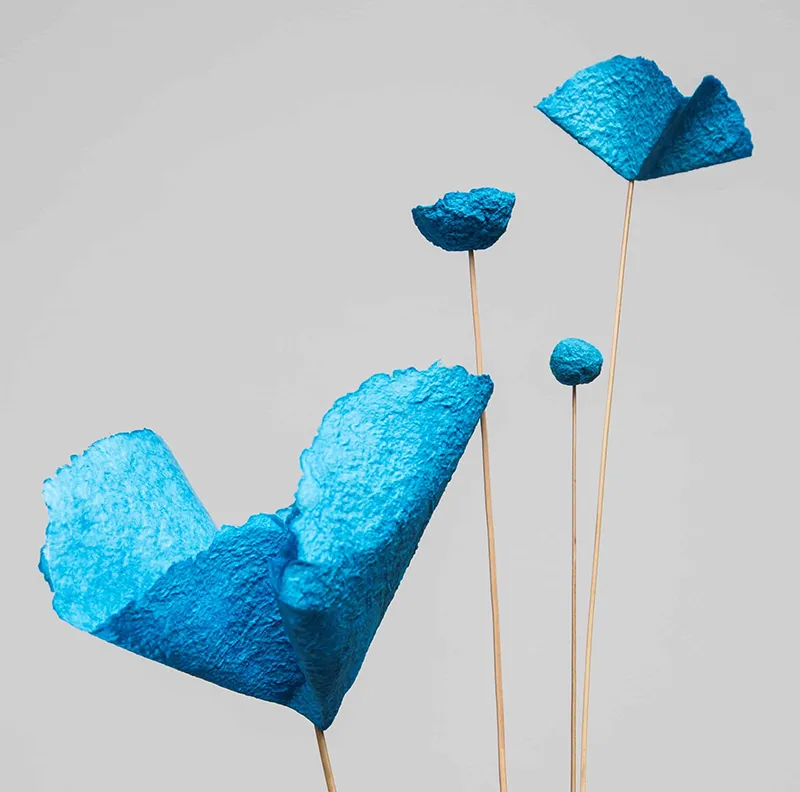
Bowls:
- Some resin is added to the pulp
- Pulp is dried on a globe in the shape of a bowl
